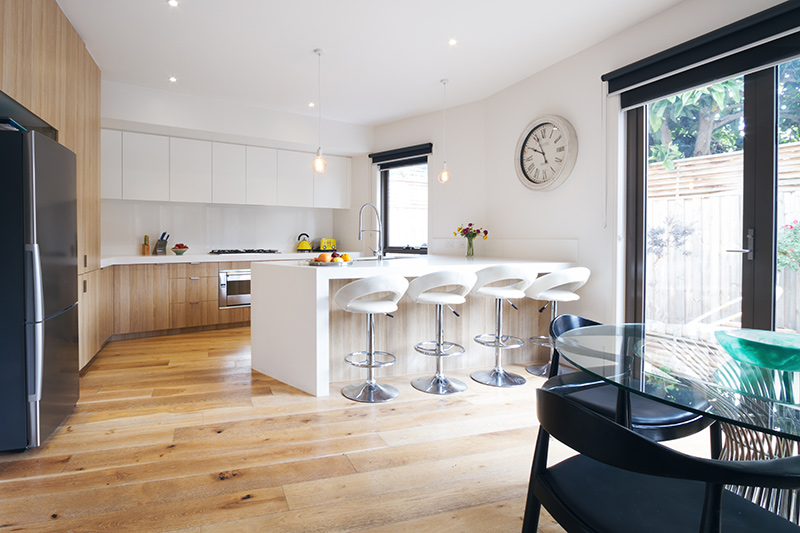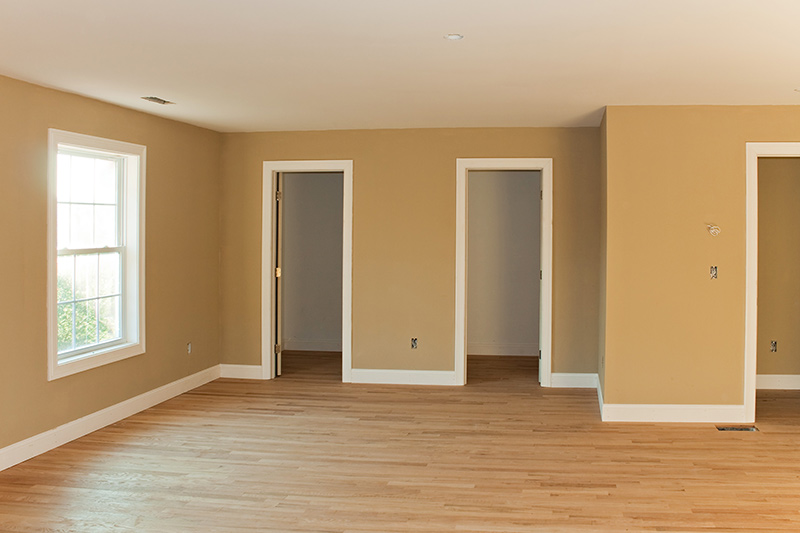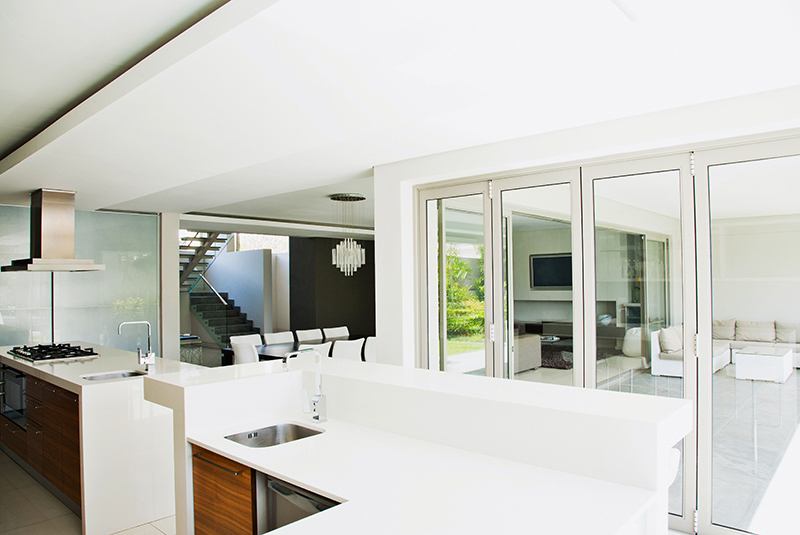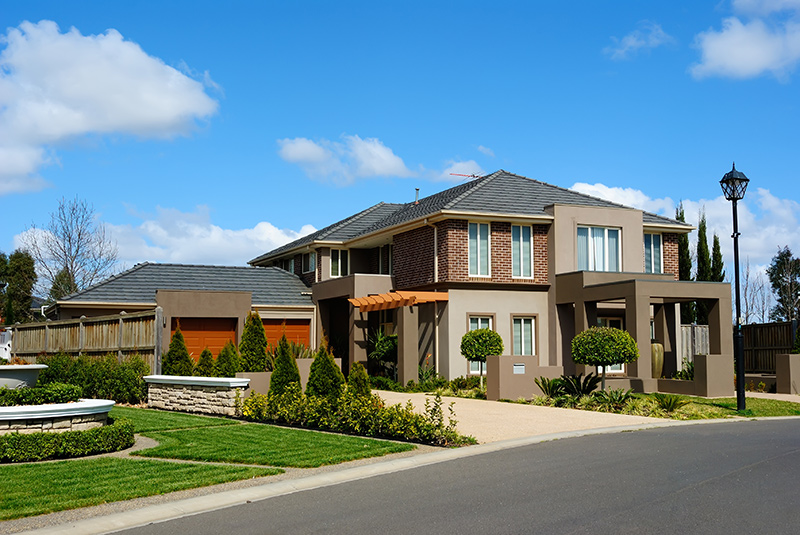Traditional or Variable Home Loans: This is a common offer by banks and has been used by many people to buy their first homes. These loans have repayment periods of up to 30 years and are regularly used by home buyers today. While there are many great loans of this type available they are not always the best method of borrowing to purchase a home. Often they are not flexible enough to allow you to draw against equity, or to increase investment. The interest rate on such a loan will go up and down with the Federal Reserve Bank set rate.
Fixed rate Loan: The rate is usually set around the figure that the bank believes the rate will go up or down to over a set period of time. This type of loan is good is you are looking for very good prediction of what your repayments will be for a set period of time.
Split rate Loan: A combination of the fixed and variable rate home loans above ? this may appeal to an individual looking for some of the benefits of both types.
Basic Loans: Similar to the above, but with no extras, so there is even less flexibility. Great loan for someone who is simply looking for the best rate on the market. This type of loan is especially popular with first home buyers. It can be at either a variable rate, or a fixed rate, or a combination of the two.
Bridging Loans: As the name suggests, this is a short-term loan that is usually used to purchase a property before settlement on a prior property. This sort of finance should only ever be used when you are certain that the long-term funding will come through. Interest rates on bridging loans are among the highest on the market.
Low Documentation (Low Doc) Home Loans: Designed for self-employed clients and small business owners who may not have access to the financial statements and tax returns usually required when applying for a home loan. You will pay a little bit more in interest and fees, and the deposit required is higher than a usual loan due to the higher risk.
Non-Conforming Loans: For people with a tarnished credit history. See other pages on this type of loan here.
Reverse Mortgages: A mortgage option for retirees or other people over 60 years of age. As governments put more responsibility on individuals to fund their own retirements, many people find that their super and other income sources such as the pension don't provide enough money to support the lifestyle they want. An obvious option is to sell their biggest asset - their home, but that too may be part of the way they want to live.
This is where a reverse mortgage may provide the answer. A reverse mortgage is available to residential property owners over 60. It allows you to release funds using the equity in your home. You can use these funds as an income stream or for personal lifestyle needs like travel, home improvements etc.
Like a traditional mortgage, there's interest to pay, but you don't have to make monthly repayments. The interest is capitalized, which means it's added to the amount of the loan.
When your home is eventually sold you'll pay back the amount of the loan (the cash you received) plus the interest owed. It is very important when planning for a reverse mortgage to read and understand exactly how this will work.
Line of Credit: This is a typical loan that allows a person to instantly access any equity in their home for any purchase, such as a car, holiday, renovations, or even day to day expenses. Typically in this type of loan, all of your income goes on to your loan repayment. An account or credit card attached to the loan is paid out weekly from the mortgage. With a line of credit a disciplined person can pay off a loan a lot faster, however, this does take very careful budgeting and at times restraint as all of the funds are available at will.
Again, ensure you get suitable financial advice before looking at this type of loan.






